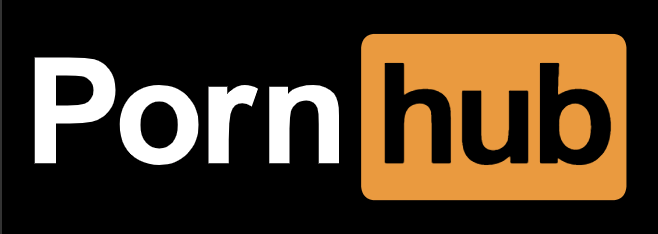Shaving Bytes on JavaScript Conditionals
Whenever you work with JavaScript code, it's as though there's always a shorter way to code something. You thought that a code set was basic until you found out that something was basic...er. One of those code shortcuts can be found with conditions, specifically short if clauses.
A typical short if clause would look something like this:
if(callback) {
callback();
}
Oddly enough this conditional can be made shorter:
callback && callback();
The && is less code than the if(){}; of course only by a few characters but does the same job. You could argue that readability suffers but that's up to individual developers.
![5 Awesome New Mozilla Technologies You’ve Never Heard Of]()
My trip to Mozilla Summit 2013 was incredible. I've spent so much time focusing on my project that I had lost sight of all of the great work Mozillians were putting out. MozSummit provided the perfect reminder of how brilliant my colleagues are and how much...
![Interview with a Pornhub Web Developer]()
Regardless of your stance on pornography, it would be impossible to deny the massive impact the adult website industry has had on pushing the web forward. From pushing the browser's video limits to pushing ads through WebSocket so ad blockers don't detect them, you have...
![CSS Columns]()
One major gripe that we've always had about CSS is that creating layouts seems to be more difficult than it should be. We have, of course, adapted and mastered the techniques for creating layouts, but there's no shaking the feeling that there should be a...
![Duplicate DeSandro’s CSS Effect]()
I recently stumbled upon David DeSandro's website when I saw a tweet stating that someone had stolen/hotlinked his website design and code, and he decided to do the only logical thing to retaliate: use some simple JavaScript goodness to inject unicorns into their page.




It’s worth noting that JS minifiers like Google’s Closure Compiler will do this for you, so the first option is probably better so you get the readability without sacrificing performance. The Closure Compiler outputs it as this:
callback&&callback();
http://closure-compiler.appspot.com/home
and also jshint might shout about the shorter version (depending on the settings of course).
No one writes code for JSHint :)
It’s bad practice though because the code is hard to maintain, debug and extend. I could write a whole blog on why doing this is bad. I see zero benefits.
Agree with comments above. I recently realized that there is no benefits of having expressions in my code so changed jshint settings and now it disallows to use them.
IMO the expression below is pretty readable and it also takes one line:
if (callback) callback();
Agree with the “bad practice” comments.
Sometimes you seem to post stuff just for the sake of it, or to impress beginners.
I appreciate your honesty but impressing people isn’t something that entertains me.
What if I also need to have an else branch?
There’s only “if”, I suppose. Otherwise it’s something like:
While I agree with people’s comments on code readability, I still appreciate posts like this.
I’ve come across the ‘callback && callback();’ syntax before and had to look up wtf was going on. Had I read this post earlier, I would’ve known :)
@Dan i agree with you, posts like this are handy so you understand when you come across it in a project. Sadly, this is clearly lost on a couple of the previous commenters who already know everything there is to know.
I’m not worried about them.
What setting will make jsHint happy?
Code is better than anything, 2 JsPerf :
– http://jsperf.com/if-statement-verses-and-operator
– http://jsperf.com/ternary-vs-and-or-vs-if-else
Readability is important, but for those who like to hyper-optimize their code, this is a great tip.